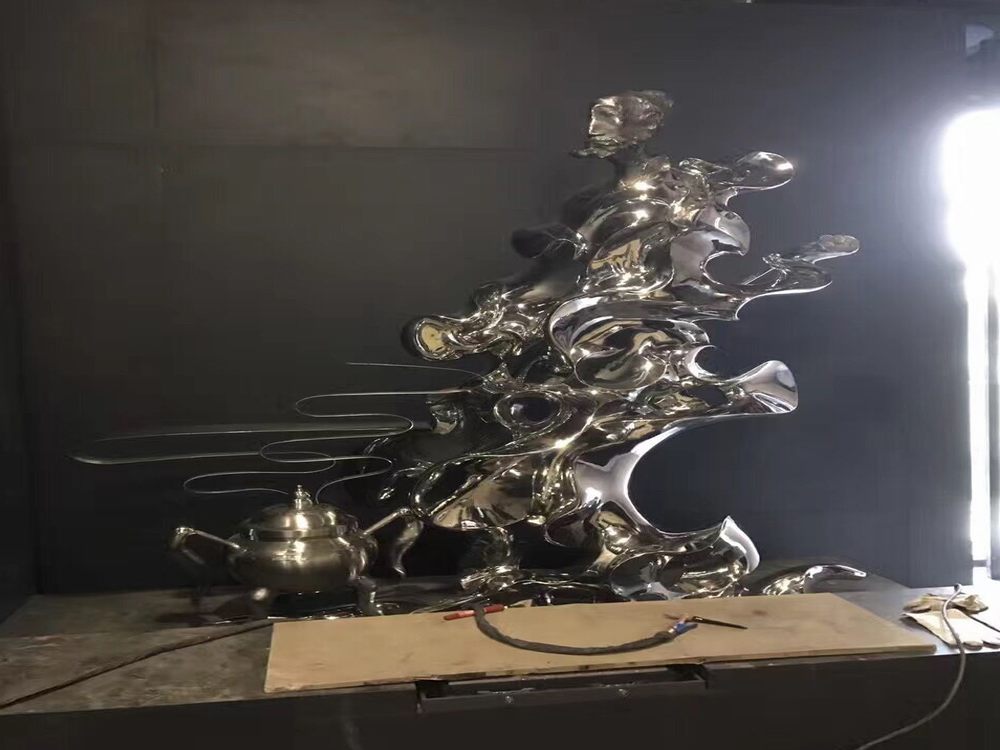
Economic downturns often trigger a shift in consumer priorities, and the market for luxury porcelain sculptures is no exception. These intricate, high-value art pieces typically appeal to affluent collectors and investors, but during financial crises, demand tends to fluctuate in predictable yet nuanced ways.
Initially, discretionary spending on non-essential items like porcelain art declines as buyers prioritize necessities. However, the market rarely collapses entirely. Instead, it bifurcates: while mass-market decorative pieces see reduced interest, ultra-high-end collectibles often maintain value as alternative assets. Astute collectors may even capitalize on lower prices to acquire rare pieces, viewing them as tangible stores of wealth when traditional investments underperform.
The psychological drivers behind porcelain sculpture purchases also evolve during downturns. Some buyers retreat from conspicuous consumption, while others continue acquiring pieces discreetly, valuing the cultural prestige over flashy displays. Meanwhile, artists and galleries adapt by emphasizing timeless craftsmanship and historical significance rather than purely decorative appeal.
Interestingly, economic recoveries frequently spark renewed interest, with post-recession periods often witnessing a surge in acquisitions as pent-up demand releases. This cyclical pattern suggests that while economic downturns temporarily suppress the luxury porcelain market, they don't eliminate its fundamental appeal to serious collectors and investors.

